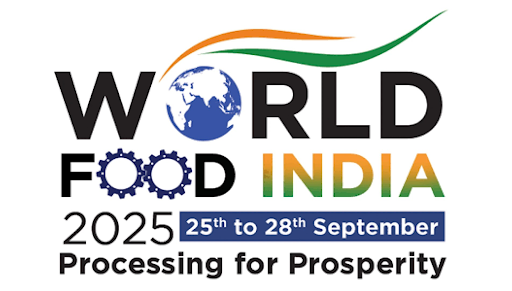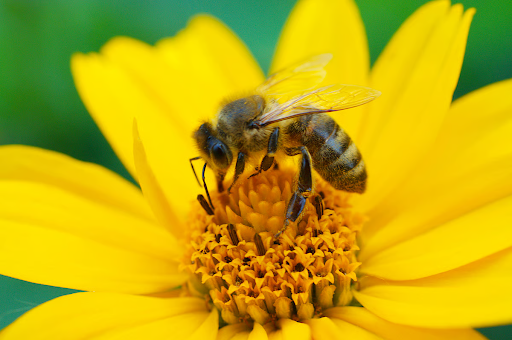



Disclaimer: Copyright infringement not intended.
Farmers in Maharashtra are adopting integrated farming practices for better profits.
An integrated farming system is a sustainable agricultural system that integrates livestock, crop production, fish, poultry, tree crops, plantation crops, and other systems that benefit each other. It is based on the concept that ‘there is no waste’ and ‘waste is only a misplaced resource’ which means waste from one component becomes an input for another part of the system. The IFS approach is considered to be the most powerful tool for enhancing the profitability of farming systems especially for small and marginal farmers to make them bountiful.
Crops |
Includes monocrop, mixed/intercrop, multi-tier crops of cereals, legumes (pulses), oilseeds, forage, etc. |
Livestock |
Components may include milch cows, goats, sheep, poultry, bees. |
Birds |
Poultry and other small bird species. |
Trees |
Tree components may include timber, fuel, fodder, and fruit trees. |
Factors to Consider in Rainfed Areas |
Soil types, rainfall, distribution, length of the growing season, and farmer’s needs and resources must be considered while selecting suitable components. |
Suitable Livestock and Birds |
Goats, Sheep, White Cattle, Black Cattle, Pigeon, Rabbit, Quail, Poultry |
Agronomic Approaches for Increasing IFS Productivity and Sustainability |
|

Pros of Integrated Farming System |
Cons of Integrated Farming System |
|
Diversification: Minimizes risks and promotes resilience against pests, diseases, and market fluctuations. |
Knowledge and Skills Requirement: Requires specialized knowledge across various agricultural disciplines. |
|
Resource Efficiency: Maximizes productivity while minimizing waste, such as using crop residues for livestock feed. |
Initial Investment: Transitioning requires investments in infrastructure, equipment, and training. |
|
Improved Soil Health: Enhances soil structure, fertility, and moisture retention, reducing erosion and improving nutrient cycling. |
Management Complexity: Balancing multiple agricultural activities can be complex and labor-intensive. |
|
Enhanced Biodiversity: Increases plant and animal species diversity, beneficial insects, and wildlife corridors. |
Market Access: Integrated farming products may struggle to access markets accustomed to monoculture products. |
|
Climate Resilience: Better able to withstand extreme weather events due to diversification and resource efficiency. |
Pest and Disease Management: Challenges in controlling outbreaks, especially in monoculture components. |
|
Economic Viability: Generates multiple income streams, reducing reliance on a single commodity. |
Land Availability: Requires more land, which may be scarce or expensive in certain regions. |
|
Reduced Input Costs: Emphasizes natural processes and reduces reliance on synthetic chemicals and fertilizers. |
Regulatory Constraints: May face obstacles due to lack of supportive policies or regulatory restrictions. |
|
Organic Alignment: Supports organic farming principles by promoting biodiversity and sustainable practices. |
Market Volatility: Vulnerable to market fluctuations affecting multiple agricultural sectors simultaneously. |
|
Model for Sustainable Development: A viable solution for food security and poverty alleviation in resource-constrained areas. |
Infrastructure Limitations: Inadequate storage, processing, and transport infrastructure can hinder effectiveness. |
|
Social Benefits: Creates employment, empowers farmers, and strengthens community resilience. |
Disease Transmission Risks: Integrating livestock and crops may increase disease transmission if biosecurity is lacking. |
|
Water Conservation: Uses efficient water management practices like rainwater harvesting and drip irrigation. |
Cultural Resistance: Traditional farming communities may resist adopting new practices due to cultural or social norms. |
|
Ecosystem Services: Provides vital services such as pollination, pest control, and soil conservation. |
Monitoring and Evaluation: Requires ongoing monitoring and technical expertise, which may be lacking in some contexts. |
Integrated Farming System is a promising approach for increasing productivity and profitability through recycling the farm by-products and efficient utilization of available resources. Further, it generates employment opportunities to farming communities around the year and provides better economic and nutritional security. It also maintains environmental quality and ecological stability.
Source:
|
PRACTICE QUESTION Q.Explain the concept of Integrated Farming Systems (IFS). Discuss its potential to enhance agricultural productivity and improve rural livelihoods. Evaluate the challenges and opportunities associated with implementing IFS in India. (250 words) |





© 2025 iasgyan. All right reserved